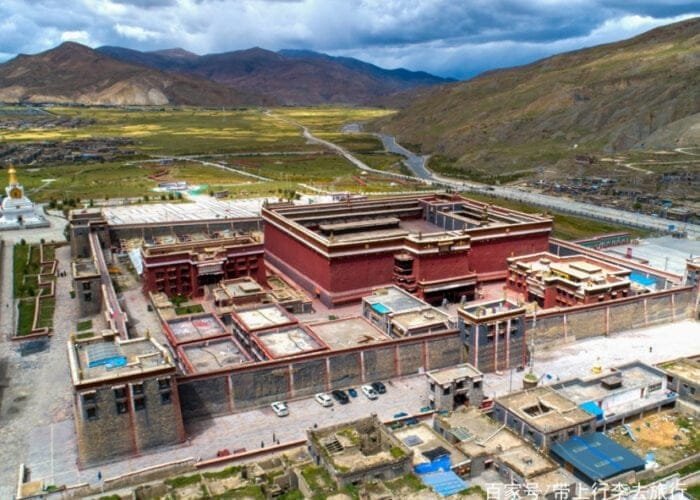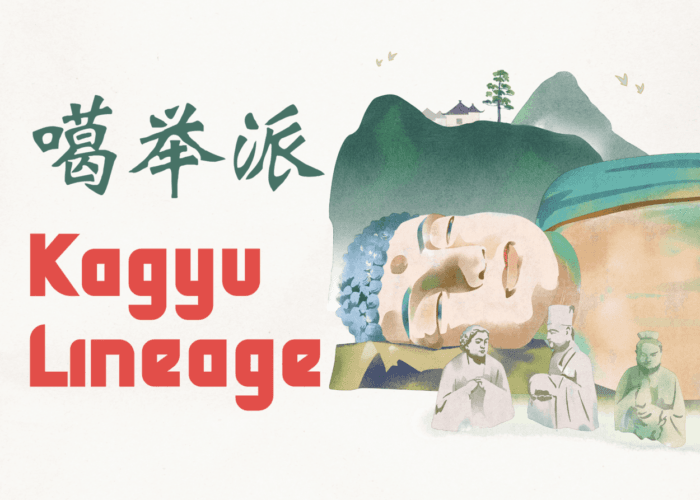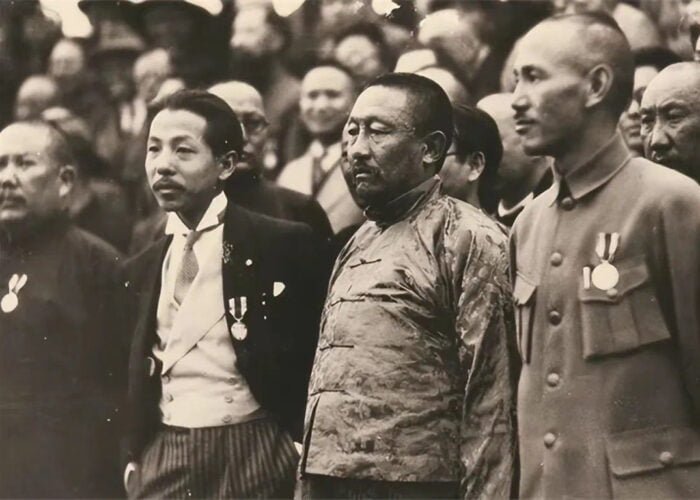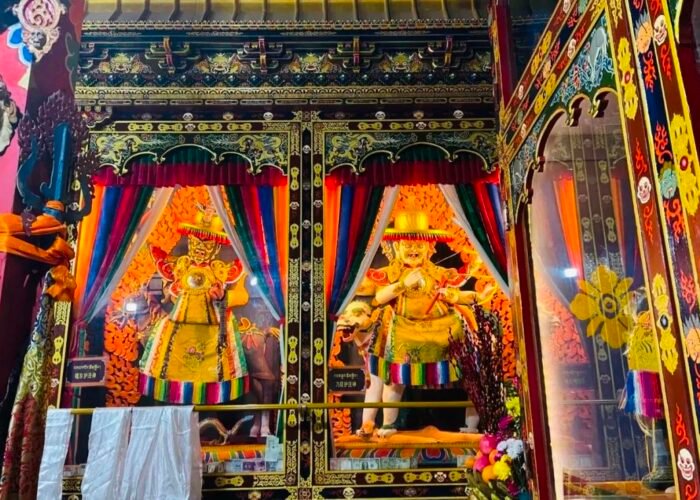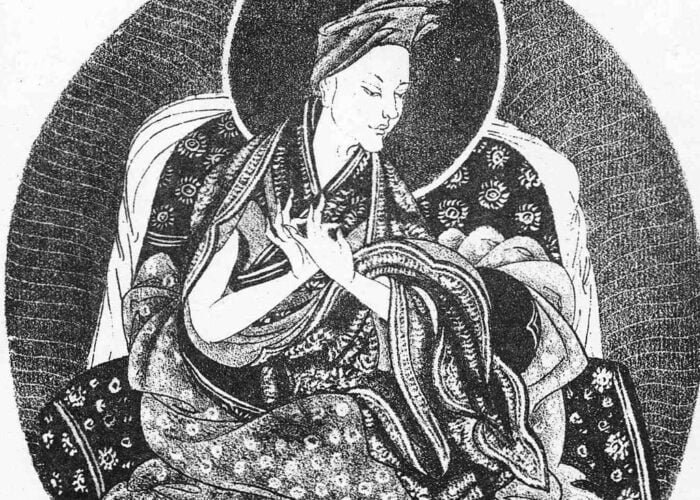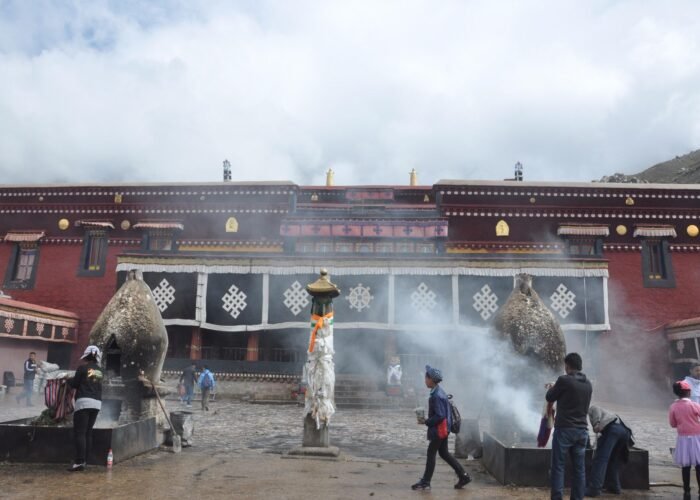In the Tibet Autonomous Region, the predominant faith is Tibetan Buddhism, embraced by the vast majority of residents. Introduced to Tibet from India and mainland China in the 7th century, Tibetan Buddhism gradually took shape with distinctive local characteristics under specific historical circumstances. It assimilated elements of the original religion of the Tibetan Plateau, blending Sutra and Esoteric traditions from Indian Buddhism and Han Buddhism from mainland China.
Tibetan Buddhism, with its national and mass appeal, has not only permeated Tibetan areas but has also extended its influence to certain other minority regions.
Tibetan native Religion: Bon Religion
The Bon religion, an indigenous and ancient faith in Tibet, held a dominant position before the widespread adoption of Buddhism. Despite the growth of Tibetan Buddhism, many people in Tibet still adhere to the Bon religion.
Tibetan Buddhism: Main religious belief in Tibet
Believed to have been adopted from the Bon tradition, elements like prayer flags and burning incense highlight the interplay and integration between the two belief systems. The synergy between Bon and Buddhism played a crucial role in laying the groundwork for the development of Tibetan Buddhism, incorporating essential elements from both traditions into its practice.
Four major Sects of Tibetan Buddhism
Moreover, the emergence of Buddhist scholars within Tibet played a crucial role in significantly influencing the internal growth of Tibetan Buddhism. These scholars actively contributed to the development of Buddhism, ultimately giving rise to distinct sects. Over time, Tibetan Buddhism underwent evolution, giving way to four major sects:
- Nyingma: Guru Padmasambhava founded this sect, renowned for its extensive tradition of teachings and practices.
- Kagyu: Marpa Chökyi Lodrö founded this sect, and his disciple Milarepa continued its legacy, placing a strong emphasis on meditation practices.
- Sakya: Khön Könchok Gyalpo founded the Sakya sect, characterized by its scholarly and philosophical approach.
- Gelug: Je Tsongkhapa established this sect, putting significant emphasis on monastic discipline and philosophical study.
The Gelug sect, known for its focus on scholarly study, logic, and rigorous monastic discipline, evolved from the Kadam tradition. Initially founded by the Indian master Atisha, this tradition was later continued by his Tibetan disciple Dromtonpa. The diverse influences and internal growth illustrated by the development of these sects within Tibetan Buddhism contribute to the distinctive and multifaceted nature of Tibetan Buddhist practice and philosophy.



